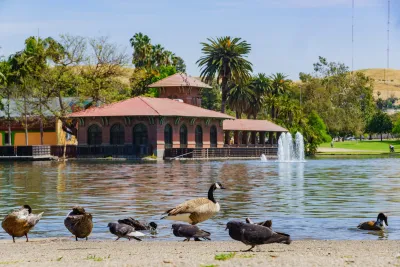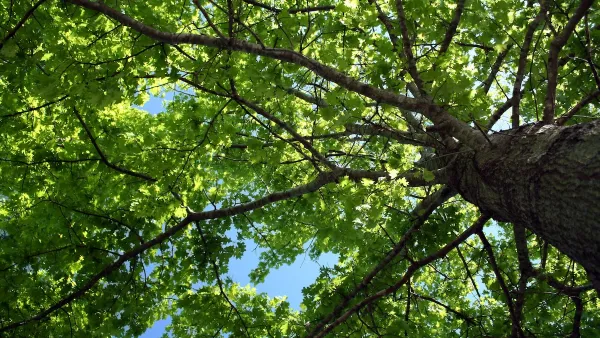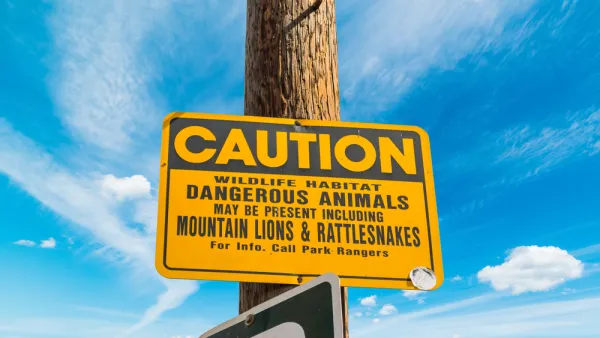A legacy of historic housing discrimination and disinvestment is having lasting effects on more than just human lives in cities.

An article by Dorany Pineda on Phys.org describes how bird population distribution in Los Angeles is shaped by historic development and discrimination patterns.
As Pineda explains, researchers from Cal State Los Angeles are studying the presence of birds in various neighborhoods to understand how density, tree canopy, and other factors impact where different species of urban birds can successfully live. The research was “a vivid illustration of the so-called luxury effect—the phenomenon by which wealthier, and typically whiter, areas attract a larger and more diverse population of birds.”
According to the researchers, “Historically redlined nonwhite communities, such as Boyle Heights, have less tree canopy and greater housing density than greenlined neighborhoods. As a result, these areas have less bird biodiversity and larger populations of synanthropic birds—species adapted to dense urban environments such as house finches and sparrows, European starlings, common pigeons and northern mockingbirds.” By contrast, ‘greenlined’ areas have more trees and thus a greater diversity of bird species.
The study is another example of the lasting impacts of redlining and other discriminatory policies that continue to affect American cities. “Other researchers have found strong links between historically redlined communities and increased risks of diabetes, hypertension and early mortality from heart disease. Redlined communities are also hotter and have more pollution and less canopy cover and green spaces than non-redlined regions, studies show.”
The study authors note that to promote urban biodiversity equitably, “cities across the U.S. and the world must work to understand their racist and segregationist histories, which is a necessary step toward creating conditions that support urban wildlife along with a more equitable experience of wildlife for a city's inhabitants.”
FULL STORY: How LA's bird population is shaped by historic redlining and racist loan practices

Analysis: Cybertruck Fatality Rate Far Exceeds That of Ford Pinto
The Tesla Cybertruck was recalled seven times last year.

National Parks Layoffs Will Cause Communities to Lose Billions
Thousands of essential park workers were laid off this week, just before the busy spring break season.

Retro-silient?: America’s First “Eco-burb,” The Woodlands Turns 50
A master-planned community north of Houston offers lessons on green infrastructure and resilient design, but falls short of its founder’s lofty affordability and walkability goals.

Test News Post 1
This is a summary

Analysis: Cybertruck Fatality Rate Far Exceeds That of Ford Pinto
The Tesla Cybertruck was recalled seven times last year.

Test News Headline 46
Test for the image on the front page.
Urban Design for Planners 1: Software Tools
This six-course series explores essential urban design concepts using open source software and equips planners with the tools they need to participate fully in the urban design process.
Planning for Universal Design
Learn the tools for implementing Universal Design in planning regulations.
EMC Planning Group, Inc.
Planetizen
Planetizen
Mpact (formerly Rail~Volution)
Great Falls Development Authority, Inc.
HUDs Office of Policy Development and Research
NYU Wagner Graduate School of Public Service




























